What is financial leverage (financial leverage, leverage), the essence of the concept in trading in simple words with examples, danger in practice and possible benefits.

- The concept of leverage in trading – educational program for beginners in simple words about the complex
- How to calculate leverage – calculation examples, calculator
- Leverage for trader and investor
- Risks and Benefits
- Features of leverage on different platforms – Forex, stock market, binance
- Stock market
- Forex
- How leverage works on Binance
- Isolated margin
- Cross margin
The concept of leverage in trading – educational program for beginners in simple words about the complex
Financial leverage is a broker’s service to provide a loan of cash or assets. Target loan – funds are provided for the purchase of liquid stocks, bonds or currencies. The funds on the client’s balance act as collateral. Trading with leverage is called margin lending. The collateral for obtaining a loan from a broker is margin. Leverage on the exchange allows you to open transactions in an amount exceeding the trading account balance by 5, 100, 500, and more times. When a trader believes that the likelihood of a successful trade is high, he leverages the leverage and makes a large profit.

How to calculate leverage – calculation examples, calculator
Let’s show by an example what leverage is in simple words. Let’s say a trader’s account balance is $ 1000. He buys Gazprom shares for the entire capital (leverage 1 1) for $ 5 a share, there is enough money for 200 shares. But suddenly positive news comes out on the Nord Stream and the trader predicts a rapid rise in the stock. There is no own funds to buy more shares, but the broker provides a leverage of 1 to 5 and the trader buys shares for another $ 4000. At the same time, there are 1000 Gazprom shares on the balance sheet, the trader’s own funds of $ 1000 are blocked, the broker took these funds as collateral (margin).
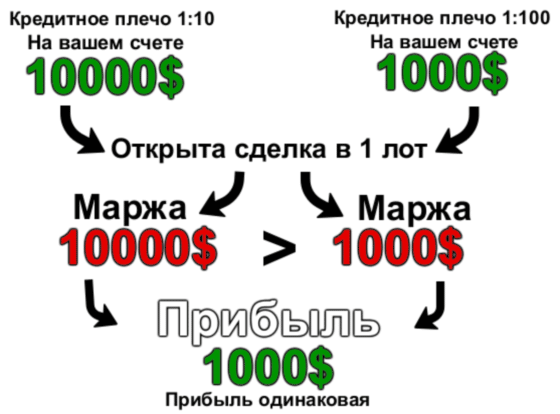


Leverage for trader and investor
A trader is an individual or legal entity that makes transactions on the exchange, tracking the market patterns and calculating the short-term perspective. An investor is an individual (or legal entity) who buys assets on the exchange with the aim of making a profit in the form of interest or by increasing the market value. The investor evaluates the fundamental indicators of the company, the situation in the country and in the world and invests, hoping to make a profit in the long term. However, the main difference between a trader and an investor is that the trader clearly understands at what price level the position will be closed with a loss. The investor is ready to suffer losses for years if the fundamental situation remains favorable. An experienced trader can keep risks at the same level regardless of the leverage used, while successful trades will be much more profitable.The investor cannot control the risk when trading with leverage, the transactions are long-term and the loan fee does not pay off. Is it worth using leverage in trading – the risks, dangers and benefits of leverage: https://youtu.be/qlH8FBN7MF4
Risks and Benefits
Leverage is a tool. Any instrument in the hands of an experienced craftsman is capable of creating masterpieces, while for a beginner it can only cause pain and disappointment. Leverage provides the following options:
- make transactions for amounts that are many times higher than the trading deposit;
- increase the deposit many times in a short time;
- open deals with a forecast for a decrease in quotations, in this case the trader borrows not cash, but assets. The resulting shares are sold at the market price, and then, if the circumstances are favorable, are bought at a reduced price. The shares are returned to the broker and the trader makes a profit;
- make transactions without delay, without waiting for the transfer between trading floors to be processed.
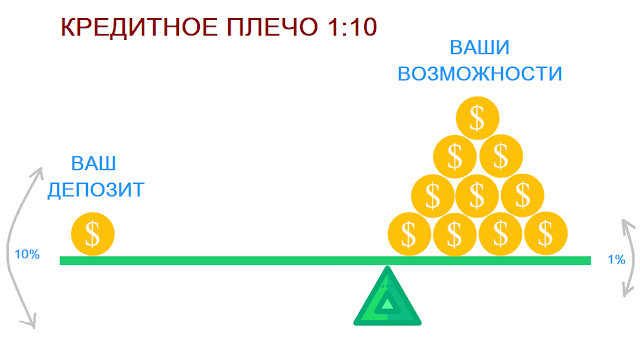
- with poor risk management, loss of capital in a short time;
- in some cases (when trading derivatives through a licensed broker in the Russian Federation); loss of an amount exceeding the deposit several times.
- rules for working with leverage;
- do not use leverage without experience, collecting trade statistics. Make sure your trading strategy is profitable;
- read the agreement with the broker carefully. Do not trade volatile assets with leverage (for example, gas, oil, crypto currencies) with brokers who do not have a security deposit in case of force majeure and shift losses onto the client’s shoulders;
- clearly define the rules for exiting a trade in an unfavorable situation.

Features of leverage on different platforms – Forex, stock market, binance
Stock market
When trading shares on the Russian stock market, most brokers provide a margin trading service. BCS and Finam provide margin lending automatically to all customers (within the framework of the FFMS standards). Starting this year, there are restrictions on the amount of leverage and the choice of securities for investors who have not received the status of a qualified investor. In Tinkoff Investments, the margin lending service is disabled by default; to use it, you must enable the option in the settings. Sberbank broker does not provide a leverage higher than 1 to 1 while the client’s assets are less than 500 thousand rubles.

With a deposit of 200,000 rubles and an open margin position of 1,000,000 rubles, only the leverage fee will be 80,000 rubles. And this is almost half of the deposit. In addition, if the shares do not stand still, but move opposite to the forecast, this will lead to the ruin of the investor.
Forex
In the forex market, 1 standard lot is equivalent to 100,000 currency units. Most forex traders do not have such an amount, therefore, dealing centers offer fractional contracts from 0.01 standard lot (equivalent to 1000 currency units) and provide leverage. According to the legislation of the Russian Federation, forex brokers licensed by the Central Bank are not entitled to provide leverage above 1 to 50. The maximum leverage of alpha forex is 1 to 40.

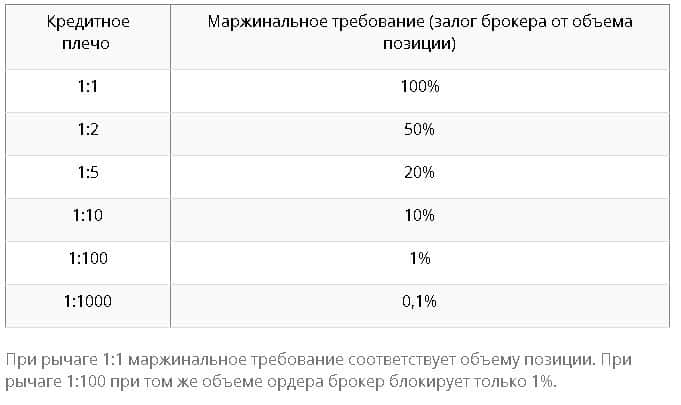
How leverage works on Binance
Due to the high volatility of cryptoassets, margin trading carries greater risks compared to the stock or foreign exchange market. Before starting to trade futures, or cryptocurrencies, the system will offer to take a test. There will be no access to trading until the system makes sure that the client fully understands the Binance leverage mechanism. Correct answers are highlighted in green. After a few tries, even a complete beginner will learn the basics. By default, Binance provides 20 leverage for futures trading. [Caption id = “attachment_7649” align = “aligncenter” width = “467”]
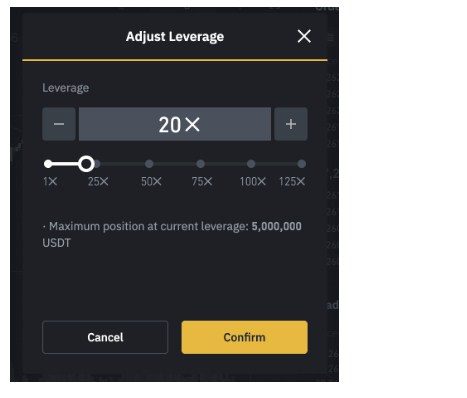
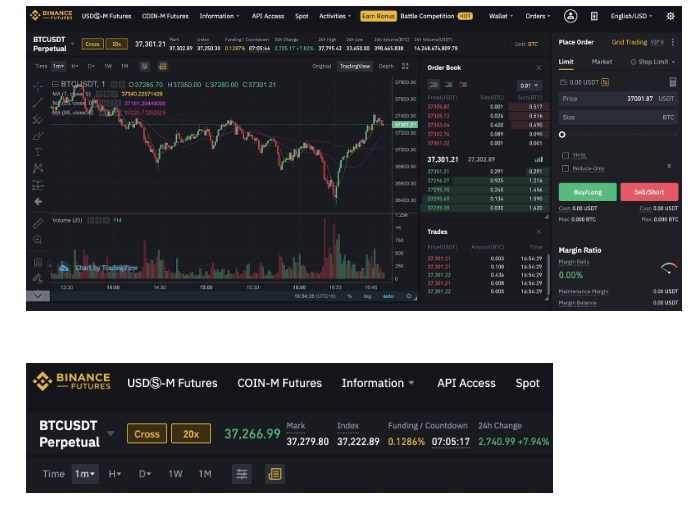

Isolated margin
When you select the isolated margin mode, the funds are blocked and the funds are calculated separately for each coin. This helps in case a “black sheep” is wound up in the portfolio. Liquidation occurs only for one position, and does not lead to the liquidation of all positions.

Cross margin
Cross-margin mode is suitable for experienced traders who build a portfolio based on correlations. The margin is divided across all positions. This is how profitable positions support losing ones. With a sharp collapse or take-off of one position, the entire futures account is liquidated. It is recommended to close deals without waiting for liquidation using stop orders. It is not always possible to calculate the stop order level accurately. The financial market is rife with manipulation, in which the price moves to a likely massive accumulation of stop orders and reverses. After some time, in a growing market, the illusion may arise that stop orders should not be placed. After all, quotes will go up anyway. Instead of closing a losing trade, you need to add more funds to maintain the margin requirements. For some time, this approach will be profitable. An event will happenwhen it becomes clear that this is not a manipulation, but a real bear market, it is too late. Losses have reached a critical value and cannot be compensated.



